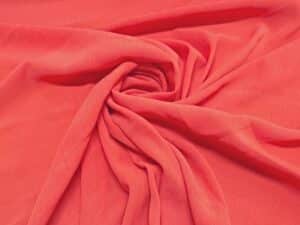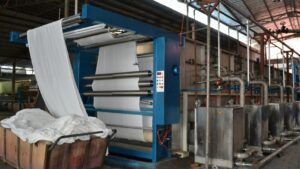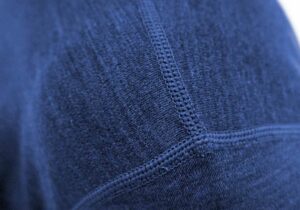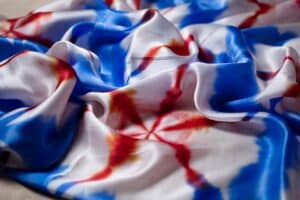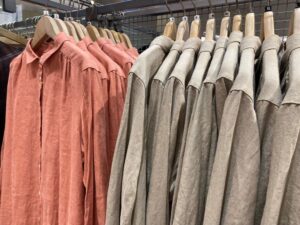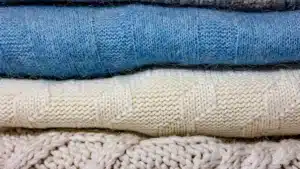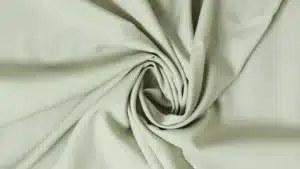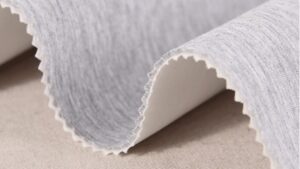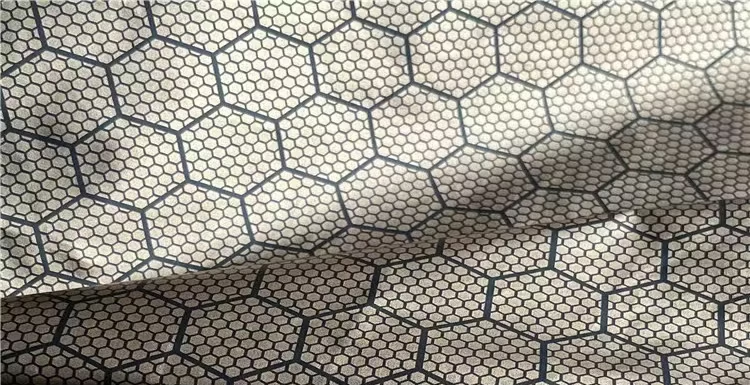
Graphene printed fabric combines cutting-edge technology with textiles. It solves the challenge of enhancing fabric performance by using graphene—a material known for its strength, conductivity, and flexibility—printed directly onto textiles for innovative applications.
Graphene printed fabric incorporates graphene layers or patterns onto textile surfaces, offering improved strength, thermal regulation, and conductivity for use in advanced clothing and technical gear.
Explore the unique properties of graphene and its applications in this article.
What is graphene actually used for?
Graphene is used in a wide range of applications, from electronics to textiles, due to its unparalleled properties. It solves challenges like poor conductivity in fabrics and limited durability in lightweight materials.
Graphene is used in areas like energy storage, composites, biomedical devices, and now in textiles for smart clothing, heating, and even sportswear.
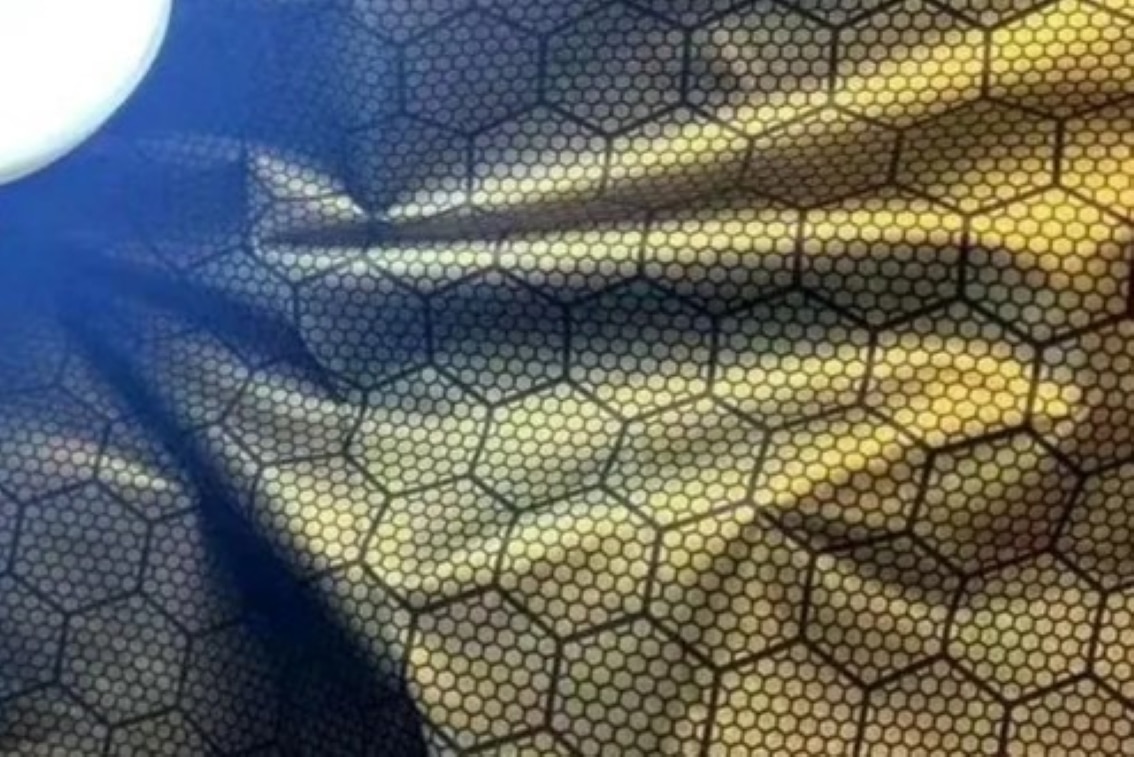
Applications of graphene in textiles
- Thermal regulation1: Integrated into fabrics for self-heating garments.
- Conductive fabrics2: Used for sensors in wearable technology.
- Strength reinforcement: Increases durability while keeping textiles lightweight.
Broader uses of graphene
| Field | Graphene Application | Benefit |
|---|---|---|
| Electronics | Flexible screens, circuits | Lightweight and high-performance |
| Energy Storage | Batteries, supercapacitors | Faster charging, longer life |
| Biomedical | Drug delivery, biosensors | Biocompatible and precise |
The use of graphene in printed fabric demonstrates how this material is revolutionizing the textile industry by combining functionality with advanced performance.
What is an example of a graphene material?
Graphene materials are derived from carbon and exist as thin, one-atom-thick sheets. These materials are valued for their exceptional properties, such as conductivity and strength.
An example of a graphene material is graphene oxide, which is used in composites, coatings, and even in biomedical applications due to its flexibility and chemical versatility.
Key graphene material types
- Graphene Oxide (GO): Water-dispersible and used in composites or films.
- Reduced Graphene Oxide (rGO): Offers enhanced conductivity for electronics.
- Pure Graphene Sheets: High strength, used in advanced technologies.
Applications of graphene materials
| Graphene Material | Key Properties | Applications |
|---|---|---|
| Graphene Oxide (GO) | Flexible, water-soluble | Coatings, sensors, biomedical use |
| Reduced Graphene Oxide | High electrical conductivity | Electronics, energy storage |
| Pure Graphene | Lightweight, strong | Aerospace, composite reinforcement |
Graphene materials like these are now used in printed fabrics for wearable tech, enhancing garments with conductive or heating properties.
Is graphene a metal or plastic?
Graphene defies conventional categories like metal or plastic. It is a unique allotrope of carbon, combining properties that are found in both materials but exceeding their performance.
Graphene is neither a metal nor a plastic—it is a carbon-based material that exhibits metallic-like conductivity and exceptional strength while being lightweight and flexible.
Properties of graphene compared to metals and plastics
- Conductivity: Like metals, graphene conducts electricity and heat efficiently.
- Strength: Stronger than steel yet more flexible than most plastics.
- Weight: Extremely lightweight, suitable for fabric integration.
Comparison table
| Property | Graphene | Metal | Plastic |
|---|---|---|---|
| Electrical Conductivity | Excellent | High | Low |
| Strength-to-Weight Ratio | Exceptional | Moderate | Low |
| Flexibility | High | Low | Moderate |
Graphene’s unique nature enables its integration into textiles, providing benefits that traditional materials cannot match.
Conclusion
Graphene printed fabric showcases the power of innovation by integrating graphene’s unique properties into textiles. Whether enhancing conductivity, strength, or thermal regulation, graphene materials are transforming clothing and technical gear for the future.
-
Thermal regulation refers to the ability of a material or system to maintain a stable temperature by managing heat exchange. In textiles, it involves fabrics that wick moisture, insulate, or breathe to keep the body comfortable in varying temperatures, enhancing performance and comfort in activewear, outdoor gear, and everyday clothing. ↩
-
Conductive fabrics are textiles embedded with conductive materials like metals or carbon, allowing them to transmit electricity. They are used in wearable technology, smart clothing, and medical devices for applications such as heating, sensing, or data transmission, combining functionality with flexibility and comfort. ↩


